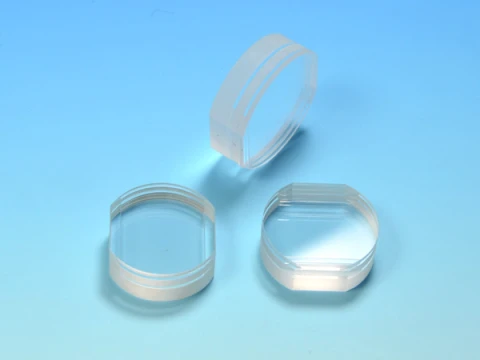Description
Introducing the Achromatic Wave Plates, a precision optical component designed to meet the highest standards of performance and reliability. Crafted from high-quality birefringent crystals, these wave plates are engineered to provide exceptional phase retardation accuracy and minimal wavefront distortion. The meticulous construction ensures that each plate maintains a diameter tolerance of +0.0/-0.2mm, making them ideal for applications requiring precise optical alignment.
The Achromatic Wave Plates are available in both quarter-wave (λ/4) and half-wave (λ/2) standard types, catering to a wide range of optical requirements. They are designed to operate efficiently across multiple standard wavelength ranges, including 450-650nm, 550-750nm, 650-1100nm, and 900-2100nm. This versatility makes them suitable for various optical systems, ensuring optimal performance across different spectral regions.
With a phase delay precision of λ/100 and a parallelism of less than 10 arcseconds for the cemented type, these wave plates guarantee superior optical performance. The surface quality is maintained at a 40/20 scratch and dig level, ensuring minimal scattering and high optical clarity. The effective aperture exceeds 90% of the central area, maximizing the usable optical surface for enhanced efficiency.
While the standard wave plates are uncoated, anti-reflective (AR) coatings are available upon request to further enhance performance by reducing surface reflections. Additionally, custom sizes and wavelength specifications can be accommodated to meet specific application needs, providing flexibility and adaptability for specialized optical setups.
High Precision Achromatic Wave Plates | Broad Wavelength Range and Custom Options
Specifications
| Waveplate Type: | Zero Order, Multiple Order, Achromatic |
|---|---|
| Material: | Not Specified |
| Shape: | Custom |
| Size: | 10 mm |
| Center Wavelength: | 4 nm |
| Retardation: | Other |
| Retardation Accuracy: | Custom |
| Wavefront Distortion: | Custom |
| Surface Quality (Scratch-Dig): | 40-20 |
| Diameter Tolerance: | +0.0/-0.2mm |
Features
- Material: Birefringent crystals
- Diameter Tolerance: +0.0/-0.2 mm
- Wavefront Distortion: λ/4 @ 632.8 nm (for air spaced type)
- Phase Retardation Accuracy: λ/100
- Parallelism: <10 arcseconds (for cemented type)
- Surface Quality: 40/20 scratch and dig
- Clear Aperture: >90% central area
- Standard Types: Quarter-wave (λ/4), Half-wave (λ/2)
- Standard Wavelengths: 450-650 nm, 550-750 nm, 650-1100 nm, 900-2100 nm
- Coating: Uncoated for standard, AR coating available
- Customization: Other sizes and wavelengths are available upon request.
Applications
- Polarization Control: Achromatic wave plates are used to control the polarization state of light across a broad wavelength range, making them ideal for applications requiring precise polarization manipulation.
- Laser Systems: These wave plates are essential in laser systems for adjusting the polarization state of laser beams, enhancing system performance and efficiency.
- Optical Instrumentation: Used in various optical instruments to ensure accurate polarization control, improving measurement precision and reliability.
- Telecommunications: Achromatic wave plates are employed in fiber optic communication systems to manage polarization effects, ensuring signal integrity over long distances.
- Scientific Research: Widely used in research settings for experiments involving light polarization, enabling detailed studies in fields such as physics and materials science.
- Imaging Systems: Enhance the performance of imaging systems by controlling polarization, leading to improved image quality and contrast.
- Microscopy: Used in advanced microscopy techniques to manipulate light polarization, aiding in the visualization of sample structures.
Frequently Asked Questions
What materials are used in AchromaticWavePlates?
What is the diameter tolerance of AchromaticWavePlates?
What is the wavefront distortion specification for AchromaticWavePlates?
What is the phase retardation accuracy of AchromaticWavePlates?
What is the parallelism specification for AchromaticWavePlates?
What are the standard types of AchromaticWavePlates available?
Are custom sizes and wavelengths available for AchromaticWavePlates?
Similar Products
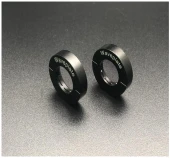
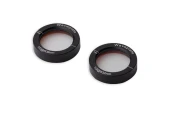

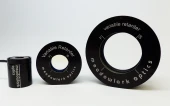
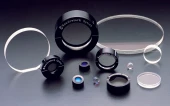
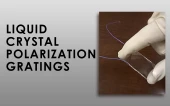
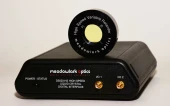


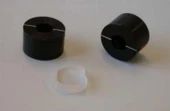

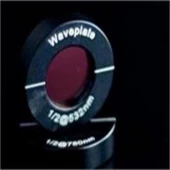
Your inquiry has been received.
Create an account by adding a password
Why create an account?
- Auto-complete inquiry forms
- View and manage all your past messages
- Save products to your favorites
- Close your account anytime — no hassle
